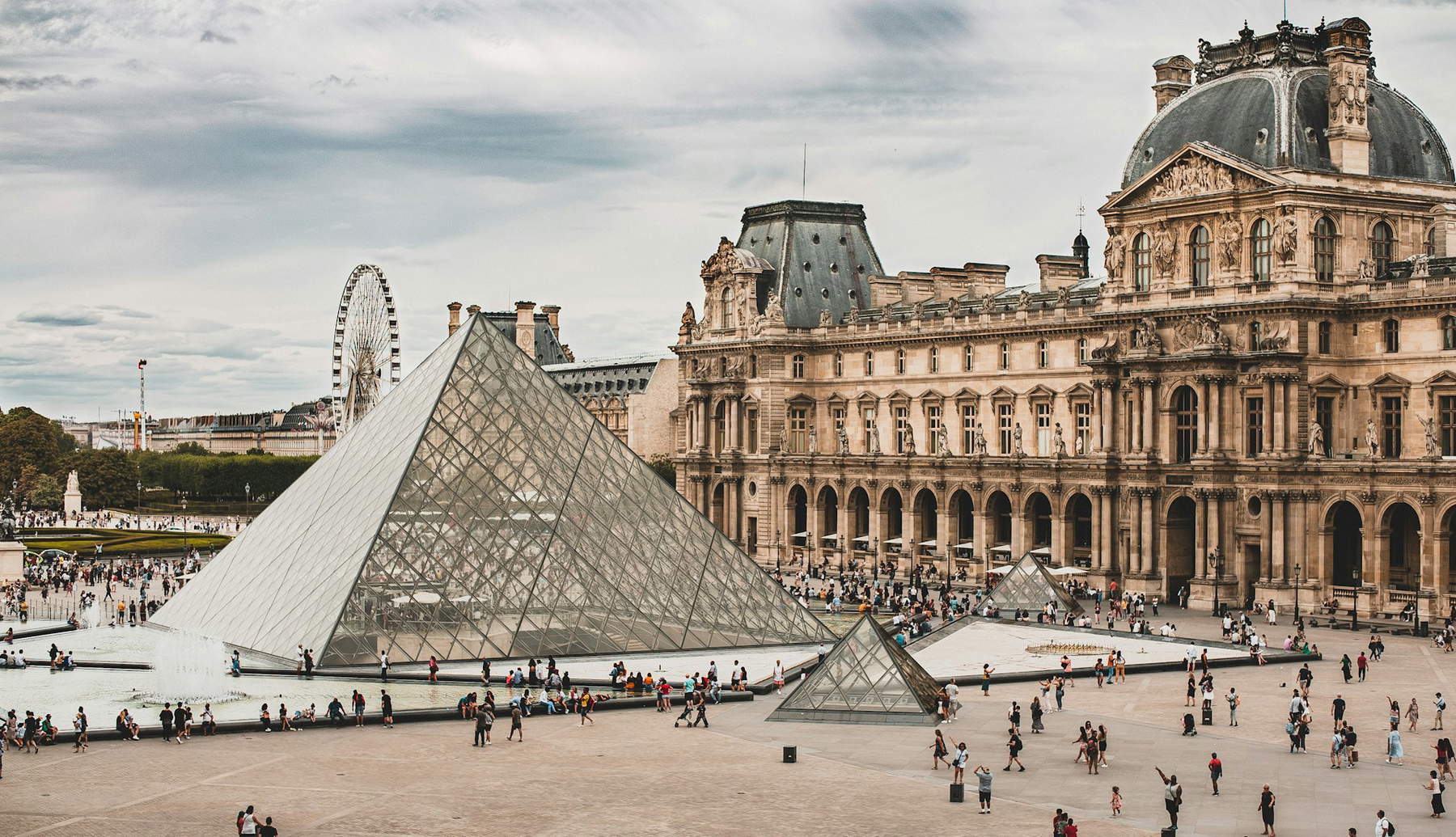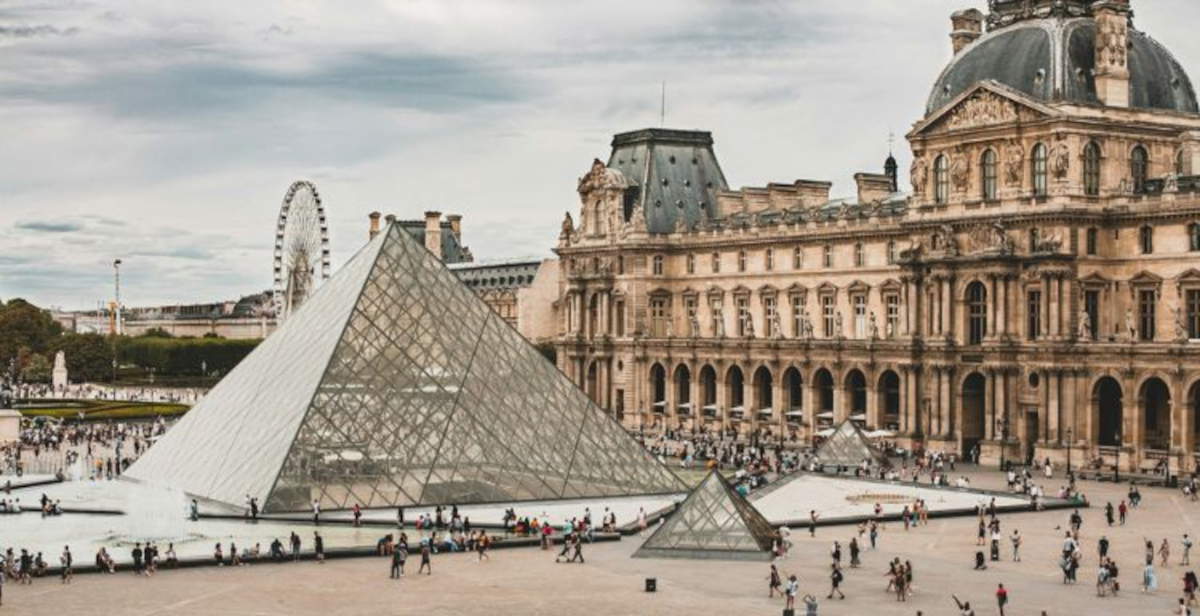Starting January 1, 2026, tourists from outside the European Union will pay more in Paris to visit some of France’s most important museums and monuments. The entrance fee to the Louvre will rise from 22 to 30 euros for non-EU visitors. It is one of the first French cultural institutions to apply the so-called “differential tariff,” a measure set to be adopted by other major sites such as the Château de Versailles, the Château de Chambord, theOpéra Garnier, theArc de Triomphe, and the Conciergerie, according to advance reports in Le Monde newspaper. The decision comes in a context marked by increasing budgetary constraints and growing economic pressure on cultural institutions, which are seeking new forms of funding to keep their facilities active, finance restorations, new acquisitions and ensure the quality of their activities. Tourism, with nearly 100 million visitors a year, remains one of the main engines of the French economy. It is only natural that the museum system should also attempt to capitalize on this influx by targeting international audiences in particular.
Ticket prices in French museums have always been a sensitive issue. On the one hand, there is the goal of making art accessible to as many people as possible; on the other, there is the concrete need to find funds for the ordinary operation of cultural facilities. In December 2001, in the aftermath of his election as mayor of Paris, Bertrand Delanoë had introduced permanent free admission for the permanent collections of many municipal museums, such as the Musée d’Art Moderne, the Musée Carnavalet-Histoire de Paris, and the Petit Palais-Musée des Beaux-Arts de la Ville de Paris. At the same time, other national institutions have maintained free access formulas on certain days, such as the first Sunday of the month, or concessions for those under 26 years old, with avowedly educational purposes.
Despite these accessibility policies, for many French museums, particularly those with public institution status, ticketing remains a key budget item. Unlike independently run facilities, these institutions can retain and reinvest ticket revenue directly. In a historical phase characterized by cuts and rationalizations, some museums have begun to consider introducing a more selective pricing system capable of tapping additional resources without burdening regular visitors, often residents and French or EU citizens. Precisely to prevent a generalized price increase from discouraging local audiences, more and more museums are considering differentiated solutions. The principle is clear: if an international tourist is willing to pay higher figures to access a place like the Louvre or Versailles, the institution can leverage this willingness without compromising accessibility for European audiences. In any case, the rules of the European internal market set clear limits. The European Commission has reiterated on several occasions that EU citizens must be able to access public museums under the same conditions, regardless of their nationality or country of residence. The constraint makes it impossible to apply differential fees against European tourists. The measure can therefore only affect visitors from non-EU countries, such as the United States, China or Japan.
 |
| Louvre, sting for non-EU visitors: from 2026 the ticket for them will cost 30 euros |
Warning: the translation into English of the original Italian article was created using automatic tools. We undertake to review all articles, but we do not guarantee the total absence of inaccuracies in the translation due to the program. You can find the original by clicking on the ITA button. If you find any mistake,please contact us.